
The latest wetland news
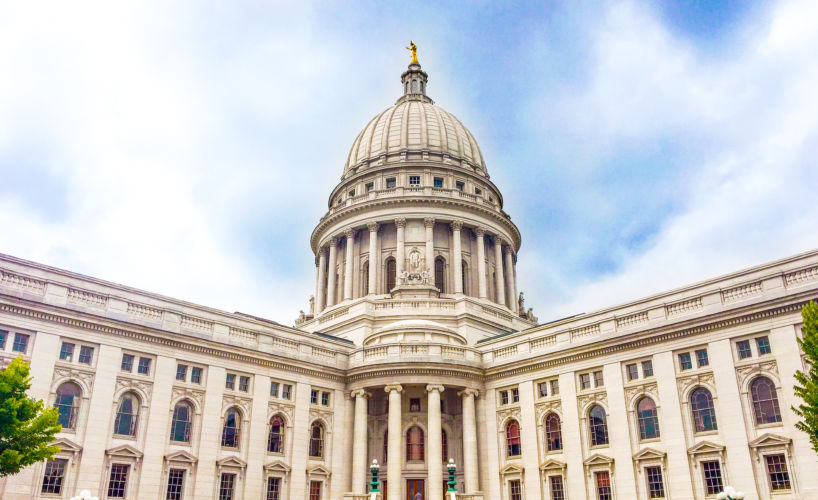
Help increase investments in wetlands for flood resilience!
The Wisconsin State Senate is scheduled on June 7th, 2023, to vote on Senate Bill (SB) 222, creating a State Pre-disaster Flood Resilience Grant! Please contact your State Senator and ask them to vote in favor of SB 222 on the Senate Floor on June 7th.
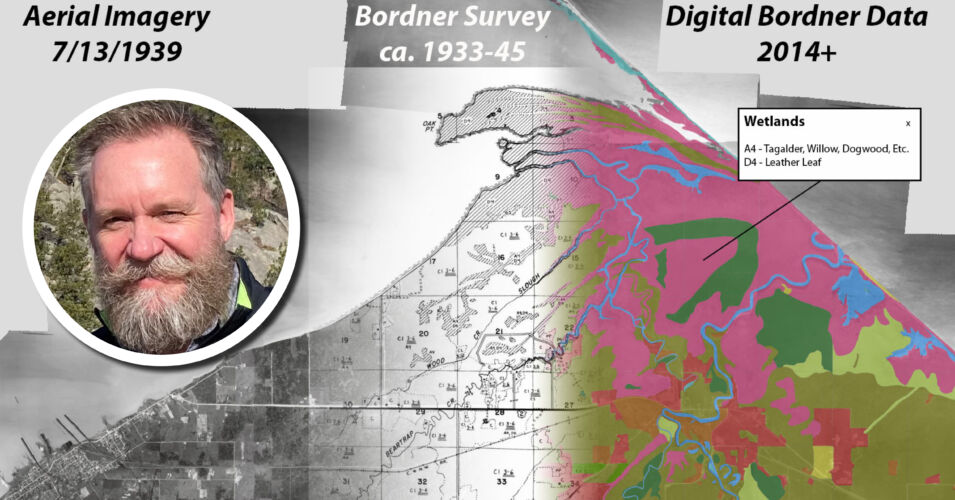
Wetland Coffee Break: Discovering historic Wisconsin geospatial data
A photo of speaker Howard Veregin over a map that shows one landscape with several different maps. Starting on the right with 1939 aerial imagery, then a survey map (the Bordner Survey) ca. 1933-1945, then into the colorful Digital Bordner Data from 2014 and onward with ‘wetlands’ pointed out.
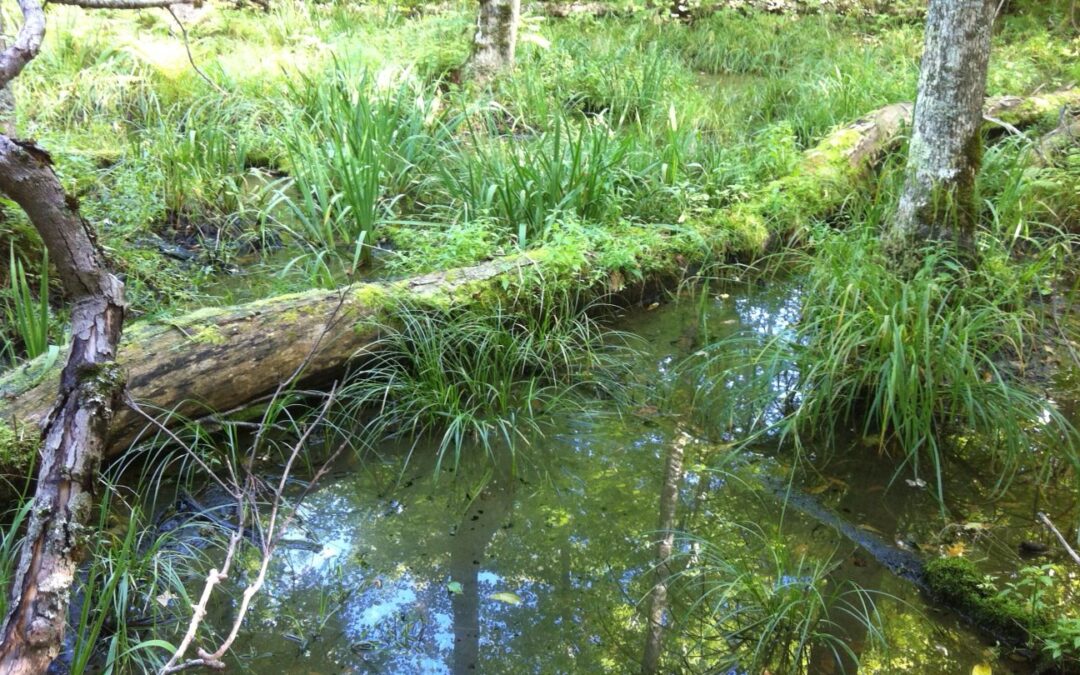
Wisconsin Wetlands Association statement on Sackett vs EPA
The US Supreme Court’s decision in Sackett vs. EPA substantially narrows the scope of federally protected wetlands to those “with a continuous surface connection to bodies that are waters of the United States in their own right.”
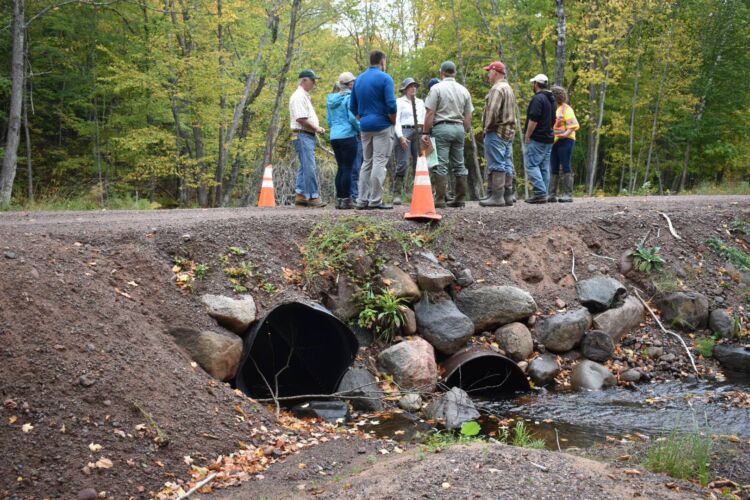
It’s a wrap! Outcomes from a FEMA-funded pilot project
This is some of the most consequential work the organization has ever done…and we’re just getting started.
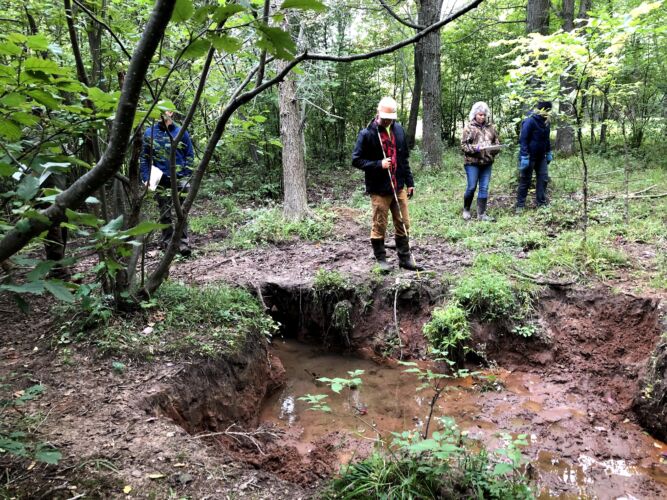
Wetlands and flood damages: Understanding the connections
Understanding the connection between wetlands, flood energy, and erosion is essential for any community interested in identifying and addressing the root causes of flooding and flood damages.
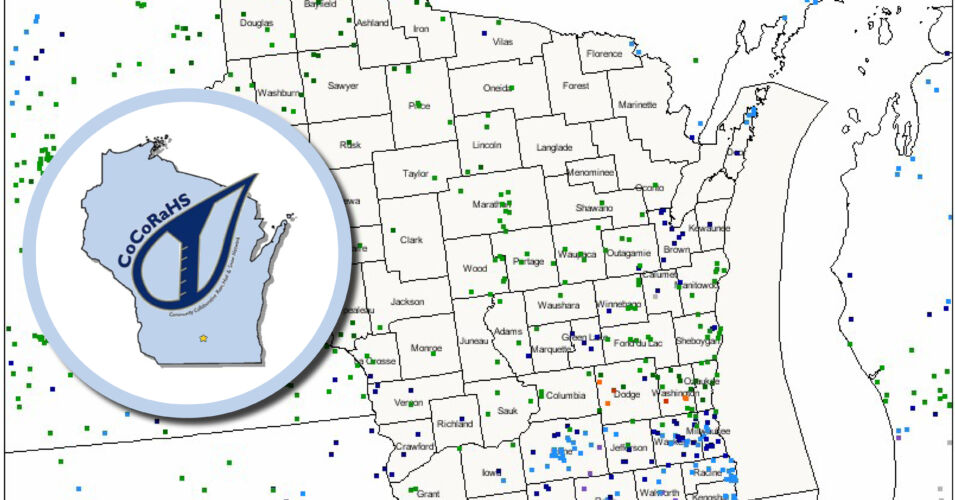
Wetland Coffee Break: How you can help gather better information about rainfall and runoff through the “CoCoRaHS” program
Having accurate and local rainfall data impacts forecast accuracy and issue and timely and accurate flood watches and warnings. Local rainfall data also improves the modeling that communities use in their emergency management and restoration planning.
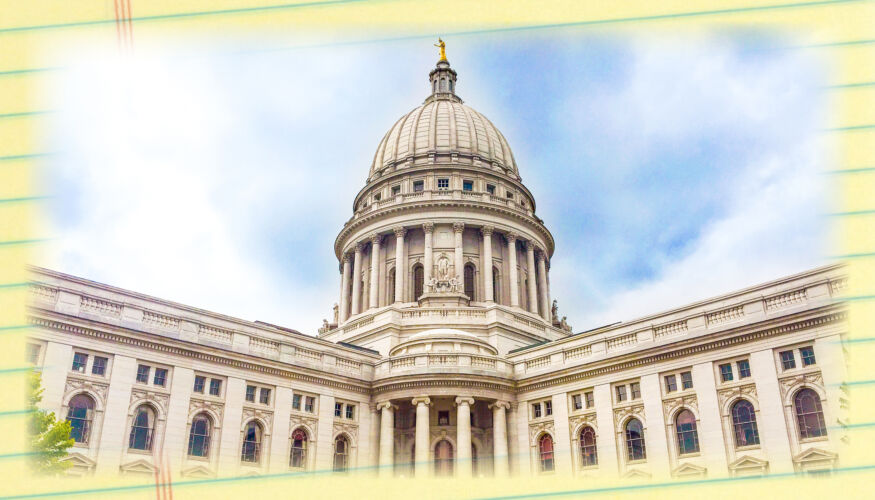
2023-2024 Policy Priorities
Before each two-year legislative cycle, we take the time to reflect on recent accomplishments and lay the groundwork for new campaigns.
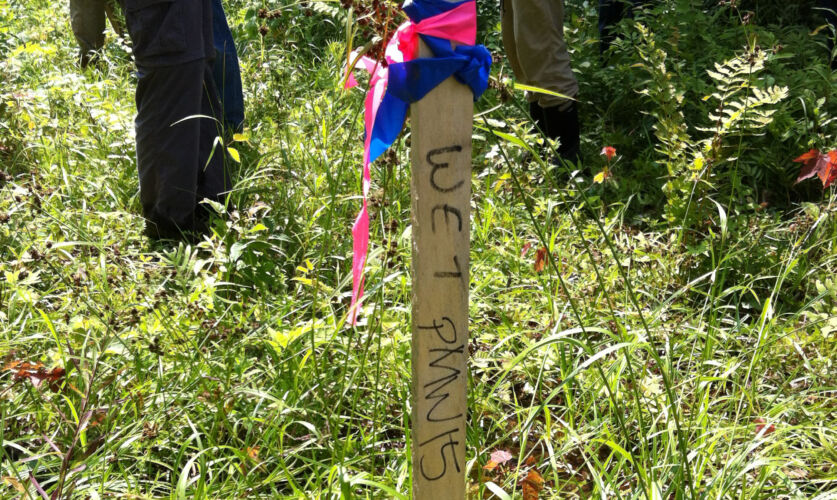
Proposed legislation moves Assured Delineator Program from pilot to permanent
Legislation to make the Assured Delineator Program permanent has been proposed in the Senate.
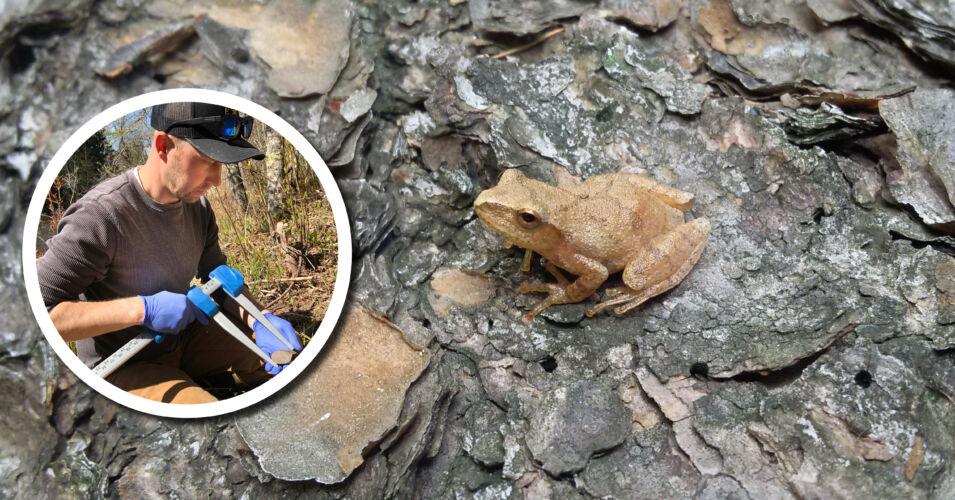
Wetland Coffee Break: The Wisconsin Frog & Toad Survey
Join DNR conservation biologist Andrew Badje to learn more about how you can become a “frogger” by lending your ears to monitor and help conserve frogs and toads in all corners of Wisconsin.
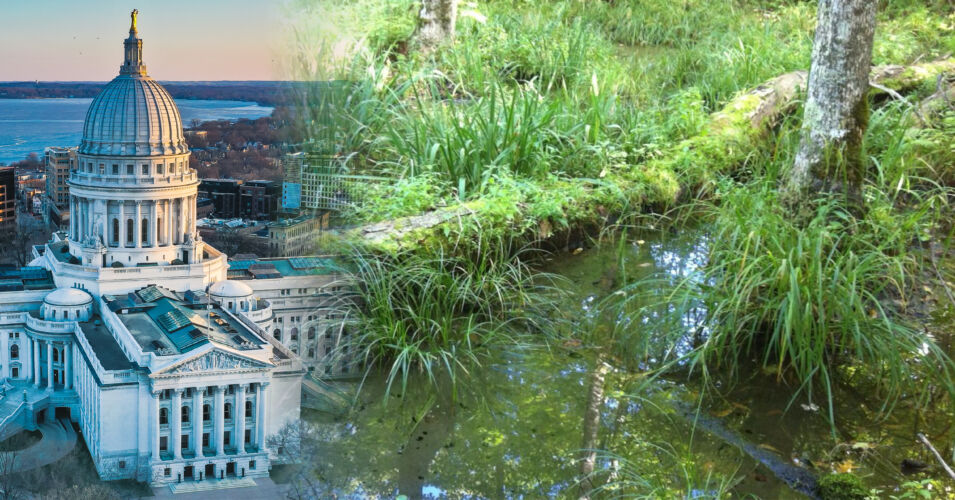
Bill supporting wetland restoration for flood resilience introduced at the WI State Capitol
Learn about Assembly Bill 222 (and identical companion legislation Senate Bill 222) which creates a Pre-Disaster Flood Resilience Grant Program.
